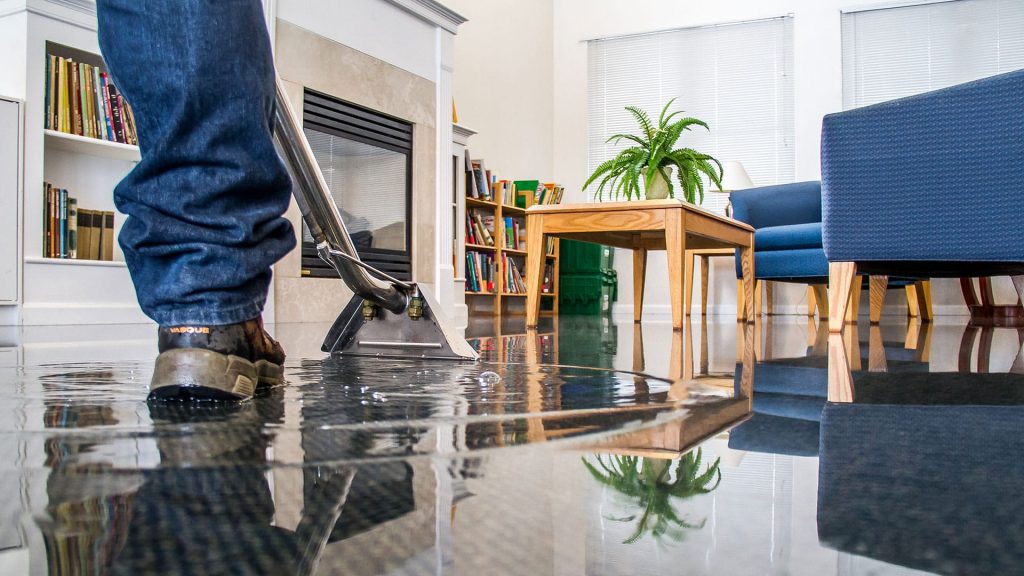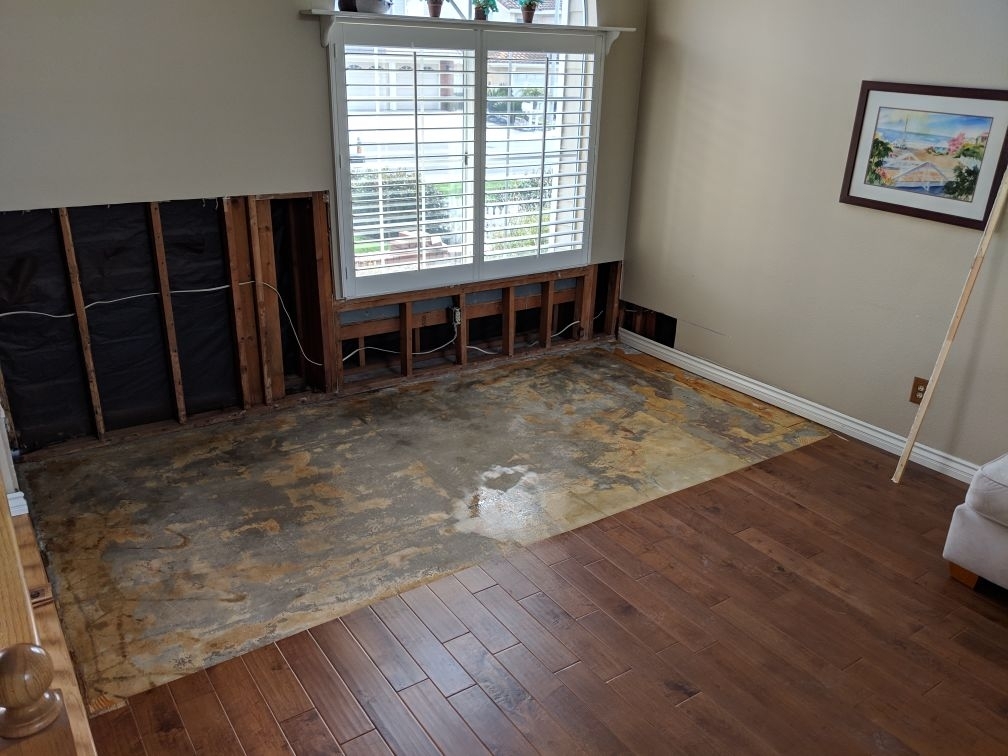Do's & Don'ts of Water Damages.
Do's & Don'ts of Water Damages.
Blog Article
Have you been on the lookout for selective information around Ways to Reduce The Risk Of Fire And Water Damage?

Though water gives life, water intrusion on parts where it's not expected to be can lead to damages. It can peel away surface areas and also wear down the foundation if the water saturates right into your framework. Mold and mildew as well as mold likewise thrive in a wet setting, which can be dangerous for your wellness. Homes with water damages scent mildewy and old.
Water can originate from many sources such as hurricanes, floods, burst pipelines, leakages, and also sewer concerns. In case you experience water damage, it would be good to recognize some security precautions. Here are a couple of guidelines on how to manage water damages.
Do Prioritize Residence Insurance Coverage Protection
Water damages from flood as a result of hefty winds is seasonal. You can also experience an abrupt flooding when a faulty pipe unexpectedly ruptures right into your residence. It would certainly be best to have house insurance that covers both disasters such as natural catastrophes, and emergencies like damaged plumbing.
Don't Forget to Turn Off Energies
In case of a catastrophe, particularly if you reside in a flood-prone area, it would be suggested to shut off the primary electric circuit. This removes power to your whole house, avoiding electrical shocks when water comes in as it is a conductor. Do not neglect to turn off the major water line valve. When floodwaters are high, furniture will move and create damage. Having the major valve shut down avoids more damages.
Do Stay Proactive and Heed Weather Signals
Storm floodings can be really uncertain. Stay proactive and ready if there is a history of flooding in your community. Pay attention to evacuation cautions if you live near a lake, creek, or river . Get belongings from the ground floor and basement, then placed them on the greatest feasible degree. Doing so minimizes prospective building damages.
Don't Disregard the Roofing System
Prior to the climate transforms terrible, make certain you have a roof inspection. In fact, it would be prudent to obtain this solution annually as it can reduce complex concerns. If there are no holes and leaks in your roof, you can avoid rain damages. Your roofer will likewise look after malfunctioning rain gutters or any other signs of weakening. This will certainly stop water from moving down your wall surfaces and also saturating your ceiling.
Do Take Notice Of Tiny Leakages
A burst pipe does not happen overnight. You might notice bubbling paint, peeling wallpaper, water touches, water stains, or leaking noises behind the wall surfaces. Have your plumbing fixed prior to it results in enormous damages.
Don't Panic in Case of a Ruptured Pipeline
Keeping your clearheadedness is crucial in a time of crisis. Due to the fact that it will suppress you from acting quickly, worrying will only compound the trouble. Timing is crucial when it comes to water damages. The longer you wait, the even more damages you can anticipate. Thus, if a pipe bursts in your house, immediately shut down your major water shutoff to remove the source. After that disconnect all electric outlets in the location or turn off the circuit breaker for that part of the house. Call a trusted water damage reconstruction expert for help.
Water offers life, water intrusion on components where it's not meant to be can result in damages. Homes with water damages scent old and also stuffy.
Water damage from flooding fees to hefty winds is seasonal. You may discover gurgling paint, peeling wallpaper, water streaks, water stains, or leaking audios behind the wall surfaces. When it comes to water damage, timing is vital.
Some Do's & Don't When Dealing with a Water Damage
DO:
Make sure the water source has been eliminated. Contact a plumber if needed. Turn off circuit breakers supplying electricity to wet areas and unplug any electronics that are on wet carpet or surfaces Remove small furniture items Remove as much excess water as possible by mopping or blotting; Use WHITE towels to blot wet carpeting Wipe water from wooden furniture after removing anything on it Remove and prop up wet upholstery cushions for even drying (check for any bleeding) Pin up curtains or furniture skirts if needed Place aluminum foil, saucers or wood blocks between furniture legs and wet carpet Turn on air conditioning for maximum drying in winter and open windows in the summer Open any drawers and cabinets affected for complete drying but do not force them open Remove any valuable art objects or paintings to a safe, dry place Open any suitcases or luggage that may have been affected to dry, preferably in sunlight Hang any fur or leather goods to dry at room temperature Punch small holes in sagging ceilings to relieve trapped water (don't forget to place pans beneath!); however, if the ceiling is sagging extremely low, stay out of the room and we'll take care of it DO NOT:
Leave wet fabrics in place; dry them as soon as possible Leave books, magazines or any other colored items on wet carpets or floor Use your household vacuum to remove water Use TV's or other electronics/appliances while standing on wet carpets or floors; especially not on wet concrete floors Turn on ceiling fixtures if the ceiling is wet Turn your heat up, unless instructed otherwise

As a fervent reader on Fire And Water Damage Prevention, I figured sharing that piece of content was a good idea. Make sure you take a moment to distribute this content if you enjoyed it. Many thanks for your time spent reading it.
Report this page